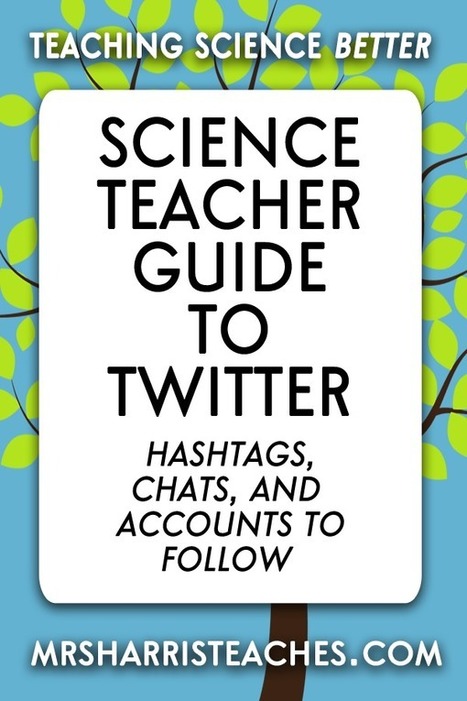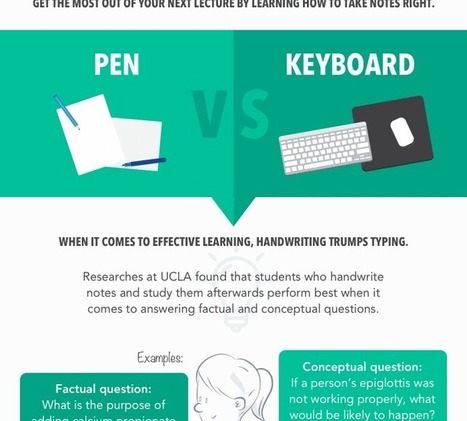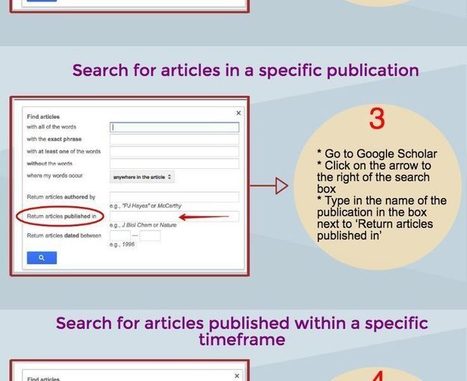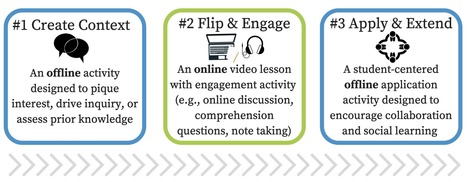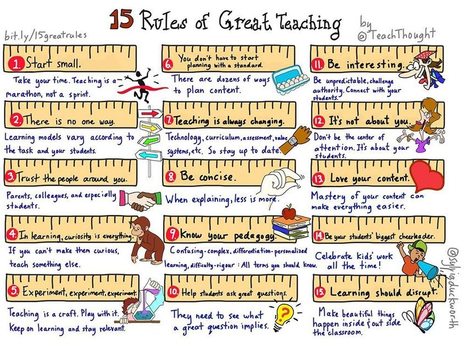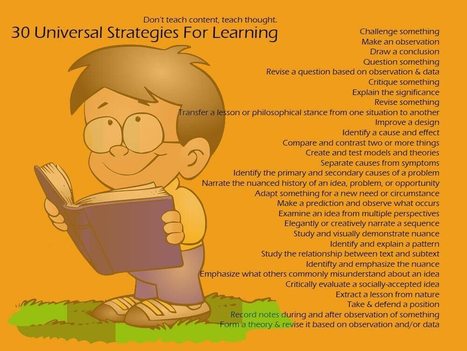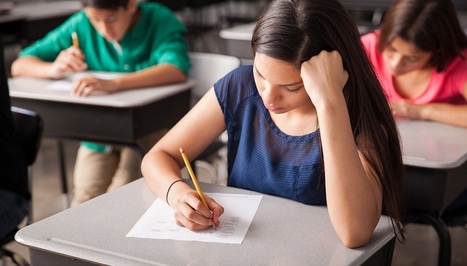To sum it up, if you are a science teacher, here is your one stop guide to twitter. This post is full of resources, so be sure to check out all the links.
One of my goals this summer is to be more active on Twitter. I started making this guide just for myself, then realized other science teachers could benefit from having this info all in one place. Just like in the classroom, twitter is all about building relationships and helping others. I want to connect with more science teachers in a meaningful way, and I invite you to join me!
Via Elizabeth E Charles



 Your new post is loading...
Your new post is loading...

